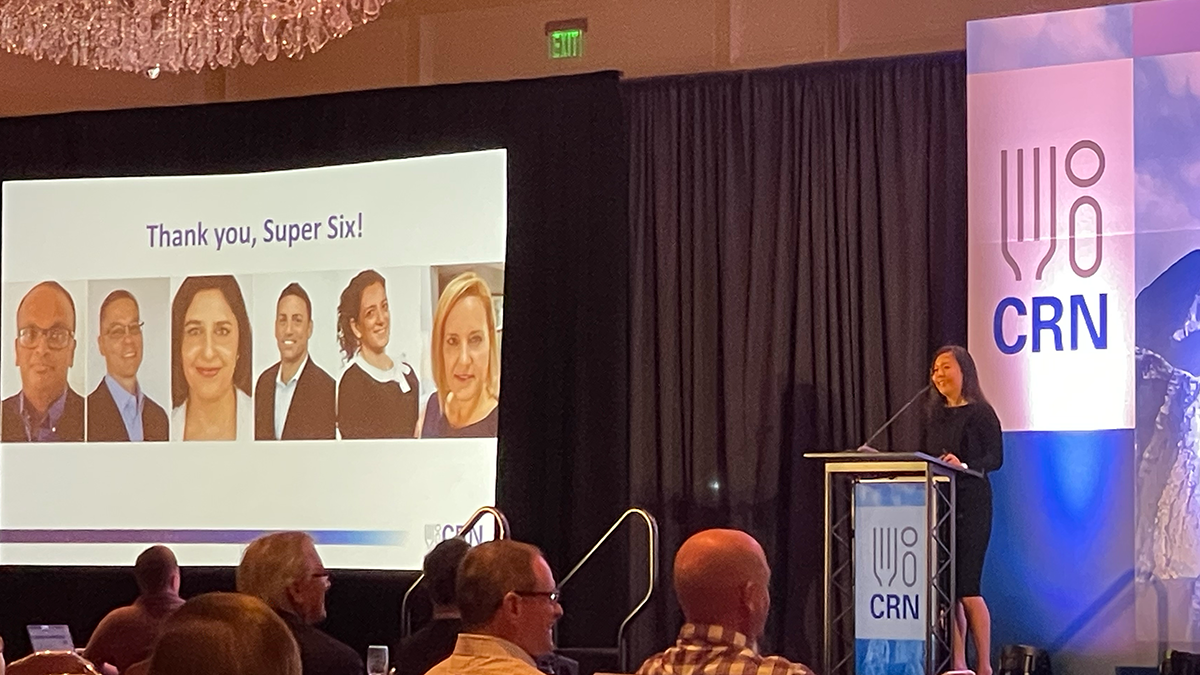 |
Introducing New Updated Chapters in the Vitamin and Mineral Safety Handbook for 2025! |
We’re thrilled to announce the release of updated chapters for Zinc, Vitamin B6 (Pyridoxine), and Vitamin E in the Vitamin and Mineral Safety: 4th Edition. These updates reflect the latest scientific research and reaffirm our commitment to transparency and science-driven resources for the dietary supplement industry.
What’s New?
The latest edition incorporates a modernized methodology for identifying, screening, and evaluating data. The upper levels for supplemental intake (ULs) remain consistent with the 3rd edition:
- Vitamin B6: 100 mg/day [PDF]
- Vitamin E: 1,000 mg (1,600 IU)/day [PDF]
- Zinc: 30 mg/day (assuming dietary zinc intake of 10 mg) [PDF].
These updates have been meticulously completed by ToxStrategies, leveraging new technologies to ensure the handbook remains a trusted resource for evaluating nutrient safety. Want to know more about the methodology used? Check out the revised Methodology chapter here: [PDF].
2014 EDITION | UPDATES IN DEVELOPMENT
2024: CRN Board approved updating chapters and identified this as a high priority initiative.
- Funding through a grant from the CRN Foundations supported by member donations (tax-deductible). Contact Andrea Wong with questions (awong@crnusa.org).

CRN SVP Scientific & Regulatory Affairs Andrea Wong discusses updates planned for the association's Vitamin and Mineral Safety book, under the direction of a committee of members of the Senior Scientific Advisory Council, Alex Eapen of Cargill, Andrew Shao of ChromaDex, Deshanie Rai of OmniActives, Eric Ciappio of Balchem, Karen Hecht of AstaReal and Michelle Stout of Amway.
PAST INFORMATION
This handbook provides valuable science-based recommendations for establishing Tolerable Upper Intake Levels (ULs) for supplemental sources of these nutrients—a trusted resource for dietary supplement and dietary ingredient manufacturers, as well as scientific bodies and regulatory policy makers worldwide. Read more in CRN's archived 2014 press release.
Download full book (2014 edition)
Download individual chapters (2014 edition)
Vitamin and Mineral Safety Chapters
INTRODUCTORY CONTENT:
VITAMINS:
Vitamin E [4th Edition Now Available Above!]
Niacin: Nicotinic Acid, Nicotinamide, and Inositol Hexanicotinate
Vitamin B-6 (Pyridoxine) [4th Edition Now Available Above!]
MINERALS:
TRACE ELEMENTS:
Zinc [4th Edition Now Available Above!]
TABLES:
International Comparisons: CRN ULS, US FNB UL, EC SCF UL. UK EVM SUL or GL, and Japan UL


